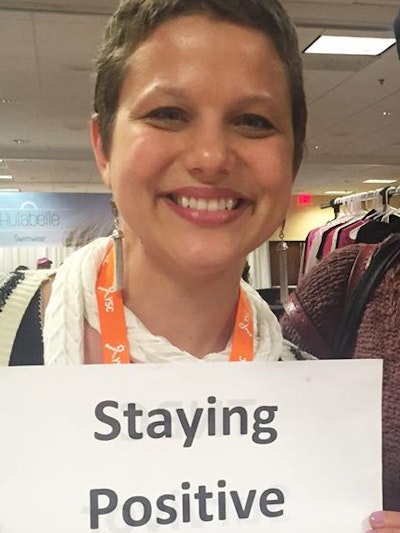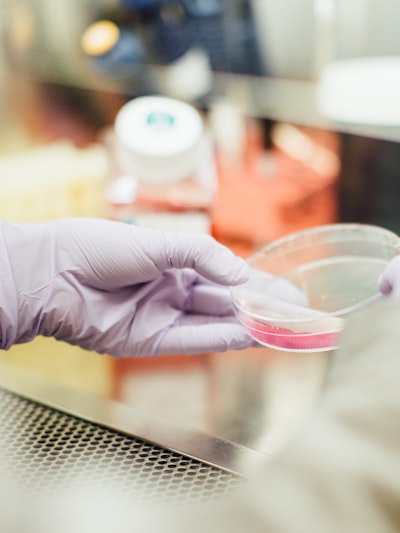What is Triple Negative Breast Cancer?

Understanding TNBC
TNBC: A different type of Breast Cancer
Knowing breast cancer basics can help you understand how triple-negative breast cancer is different from other types of breast cancer. To find out what type of breast cancer you have, your doctors search for the presence or absence of receptors, proteins that live inside or on the surface of a cell and bind to something in the body to cause the cell to react. You may have heard of the estrogen receptor (ER), progesterone receptor (PR) and human epidermal growth factor receptor 2 (HER2).
In estrogen receptor-positive breast cancer, progesterone receptor-positive breast cancer and HER2-positive breast cancer, treatment includes medicines that prevent, slow or stop cancer growth by targeting those receptors. But triple-negative breast cancers (TNBC) need different types of treatments because they are estrogen receptor-negative, progesterone receptor-negative and HER2-negative. Medicines like tamoxifen, which targets the estrogen receptor, and trastuzumab (Herceptin), which targets HER2, are not helpful in treating triple-negative breast cancer. Instead, chemotherapy has been shown to be the most effective treatment for triple-negative breast cancer.
Basal-like subtype
Most triple-negative breast cancers have a basal-like genetic pattern. This term means that the breast cancer cells look somewhat like the cells that line the breast ducts, the tubes in the breast where milk travels. You might have heard your doctor call triple negative breast cancer a basal tumor, basal breast cancer or basal-like disease.
Basal-like breast cancers tend to overexpress, or make too much of, certain genes that encourage cancer growth. Not all triple-negative breast cancers are basal-like, and not all basal-like breast cancers are triple-negative. About 70 to 90 percent of triple-negative breast cancers are basal-like.
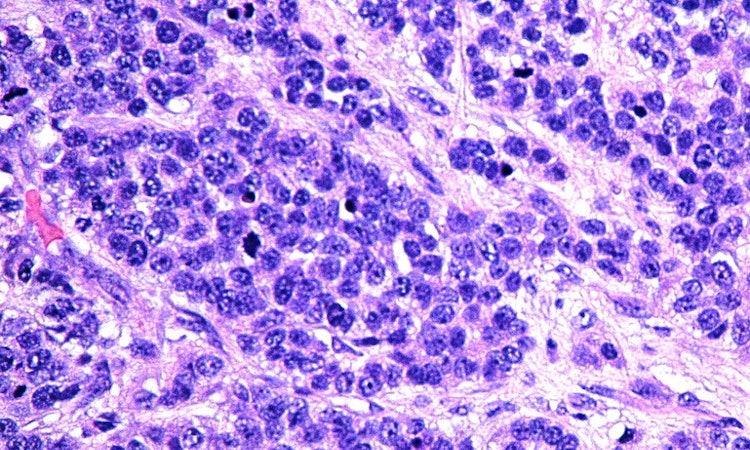
3 Myths about TNBC
Myth #1 - People with triple-negative breast cancer can have the same treatments as all other people with breast cancer.
Many people do not understand that there are different kinds of breast cancer. Even some people who have had breast cancer do not understand the differences between triple negative breast cancers and breast cancers that are hormone receptor-positive or HER2-positive. People you meet may have taken a hormonal treatment pill for 5 to 10 years to lower their risk of recurrence (a return of the cancer), or they may know someone who has. These people may not understand that this option does not exist for you. Having to explain the differences between triple-negative and other breast cancers can be frustrating, especially if you are just learning about this diagnosis yourself. On the other hand, you may take some of the same chemotherapy medicines as other people with types of breast cancer.
Myth #3 - Triple-negative breast cancers are always hard to treat.
Your doctor may tell you triple-negative breast cancer is harder to treat than other types of breast cancer. While many triple-negative cancers are aggressive, your doctor’s prediction of how well your treatment will work depends on the tumor size and whether the cancer has traveled to the lymph nodes, tissues near the breast, just as much as it does on its triple-negative status. There are some very effective treatments for triple negative breast cancer. Your doctor will work with you to find the treatment that is right for you.
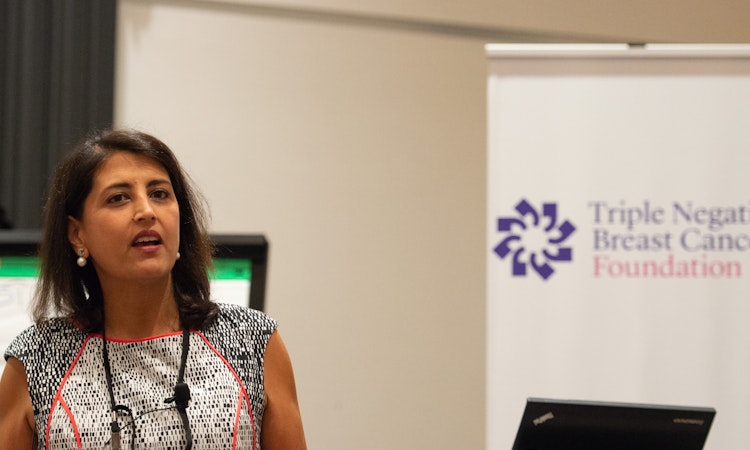
Myth #2 - Only African-Americans get triple-negative breast cancer.
Triple-negative breast cancers affect people of all races. Breast cancers in African-American women are more likely to be triple-negative than those in white women.
Risk Factors
Age, Race or Ethnicity
Several studies suggest that being premenopausal or of African ancestry increases your risk of developing basal-like or triple-negative breast cancer. Among African-American women who develop breast cancer, there is an estimated 20 to 40 percent chance of the breast cancer being triple-negative. Researchers do not yet understand why premenopausal women and women in some ethnic groups have higher rates of triple-negative breast cancer than other groups of women.
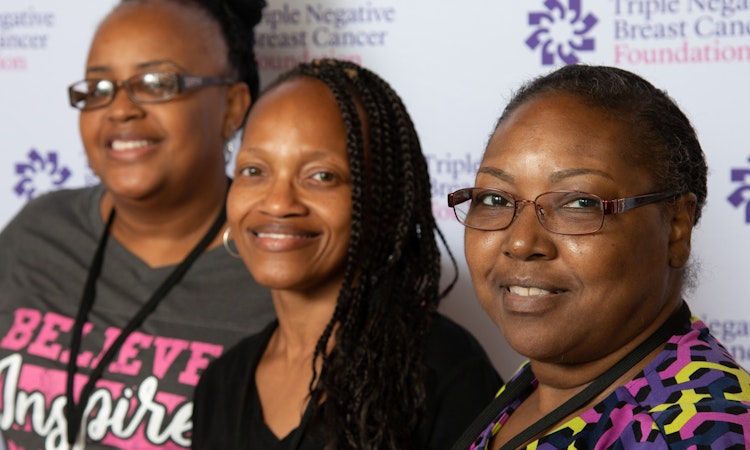
Breast Cancer Gene Mutations
Everyone has BRCA1 and BRCA2 genes, which we get from our mother and father. When they work properly, these genes prevent the development of cancers. But only a small percentage of people with breast cancer are born with a mutation, a change in DNA, in BRCA1 or BRCA2.
If you are born with a BRCA1 or BRCA2 gene mutation, you are at increased risk for developing breast, ovarian and other cancers throughout your life. The BRCA1 mutation puts you at higher risk for developing a basal-like breast cancer. Scientists are still trying to find out why BRCA1 mutations increase the risk of developing triple-negative breast cancer. Keep in mind, not all breast cancers from BRCA mutations are triple negative. In fact, BRCA2 mutations are more likely to be present in estrogen receptor-positive breast cancer.
Publications
These are helpful resources on common topics you or your loved one may have about living with TNBC.
100 Questions and Answers About TNBC
Available at: Amazon , Barnes & Noble and Jones & Bartlett Learning
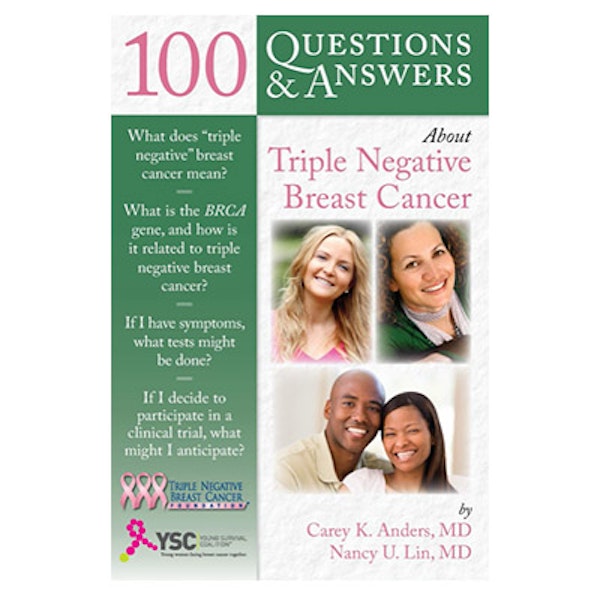
State-of-the-art Treatment for TNBC: Talking with The Experts
Download pdf
Guide to Understanding Triple Negative Breast Cancer
Download pdf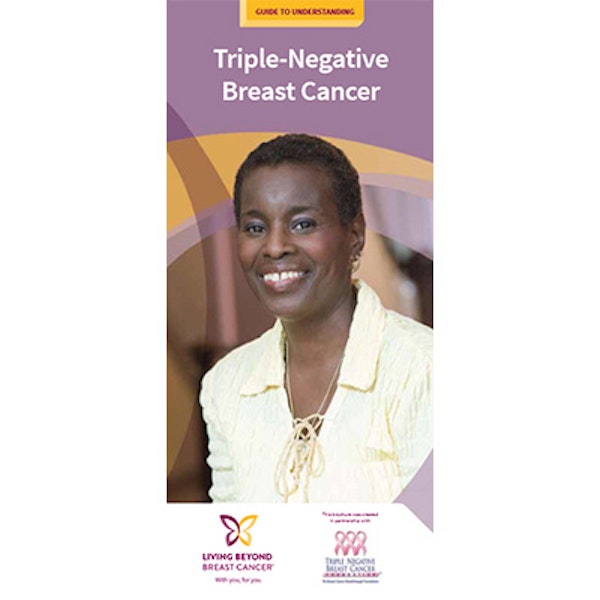

Forum Topics
- TNBC Talk : Medicine help
- TNBC Talk : Tnbc specialists/ clinics
- TNBC Metastasis/Recurrence Users : Stage IV MTNBC
- TNBC Talk : Tnbc specialists/ clinics
- TNBC Talk : Tnbc specialists/ clinics
- Palliative Care: Supportive Care Resources : Tnbc diet
- TNBC Talk : Welcome From TNBC Foundation
- Welcome New Members : Anyone refuse chemo
- Welcome New Members : Where to begin?
